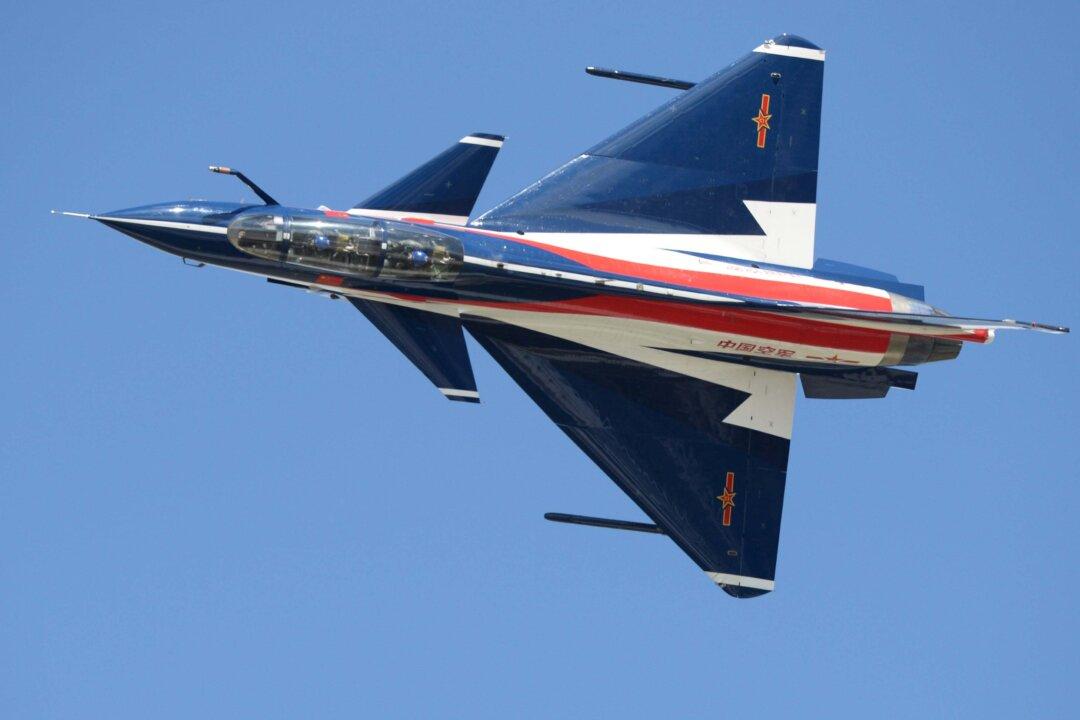The Chinese regime’s fifth-generation fighters, state-of-the-art naval cruisers, and soon-to-be-launched aircraft carriers are more deadly than they otherwise would be because they are equipped with advanced fiber-optic cable originally built for the Pentagon, according to a U.S. military intelligence officer.
The saga of this cable is part of a bigger story of how American military technology ends up with the Chinese regime’s military, an issue the Trump administration is seeking to address with sanctions and new legislation.





